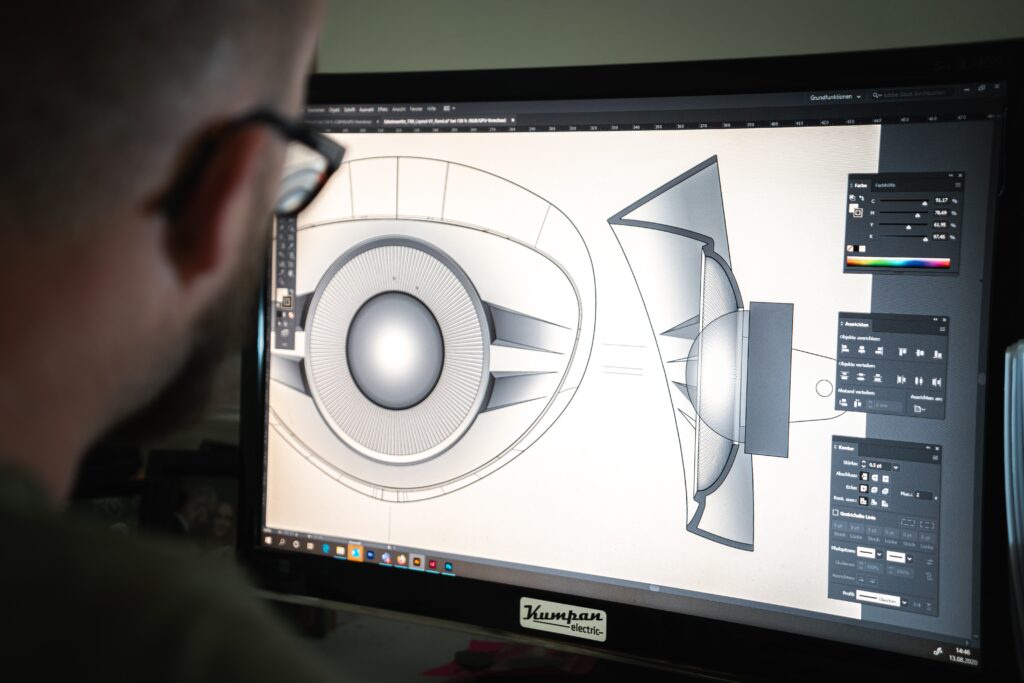Bringing a new product to market is an exciting journey filled with creativity, innovation, and, inevitably, challenges.
At the heart of this process lies the development of product prototypes – tangible representations of ideas that allow designers, engineers, and entrepreneurs to visualize, test, and refine their concepts before mass production begins.
In this article, we'll explore the step-by-step process of developing product prototypes - from concept to creation - offering insights, tips, and best practices along the way.
Step 1: Define Your Objectives And Goals
Before diving into prototype development, it's crucial to define your objectives and goals. What problem are you trying to solve? Who is your target audience? What features and functionalities are essential for your product's success?
By clearly defining your objectives upfront, you'll ensure that your prototype development process is focused and aligned with your overarching goals.
Step 2: Conceptualization And Ideation
Once you've established your objectives, it's time to unleash your creativity and start generating ideas. Brainstorming sessions, sketching exercises, and design workshops can help stimulate creativity and generate a wide range of concepts.
Consider factors such as user needs, market trends, and technological capabilities as you explore different ideas and concepts for your product.
Step 3: Design And Development
With a concept in hand, it's time to translate your ideas into tangible designs. Utilize computer-aided design (CAD) software to create detailed 3D models of your product, taking into account factors such as form, function, ergonomics, and manufacturability.
Collaborate closely with designers, engineers, and other stakeholders to refine and iterate on your designs until you achieve a viable prototype.
Step 4: Prototyping
Once your designs are finalized, it's time to bring them to life through prototyping!
There are various prototyping methods and technologies available, including 3D printing, CNC machining, and rapid prototyping. Choose the method that best suits your needs and budget, considering factors such as speed, cost, material options, and level of detail required for your prototype.
Step 5: Testing And Evaluation
With your prototype in hand, it's time to put it to the test.
Conduct thorough testing and evaluation to assess its performance, functionality, and user experience. Solicit feedback from stakeholders, potential customers, and usability experts to identify areas for improvement and refinement.
Iterate on your prototype based on feedback and testing results until you achieve a final design that meets your objectives and exceeds expectations.
Step 6: Refinement And Iteration
Prototyping is an iterative process, and refinement is key to success. Use feedback from testing and evaluation to refine and iterate on your prototype, making incremental improvements with each iteration.
Pay close attention to details such as aesthetics, usability, durability, and manufacturability as you work towards a final design that is ready for mass production.
Step 7: Finalization And Production
Once your prototype has been refined and validated, it's time to prepare for production.
Finalize your design, select manufacturing processes and materials, and develop a production plan that aligns with your budget and timeline. Work closely with manufacturers and suppliers to ensure a smooth transition from prototype to production, and monitor the manufacturing process closely to maintain quality and consistency.
The Perfect Path To Bring Your Vision to Life
Developing product prototypes is a critical step in the journey from concept to creation.
By following a systematic and iterative approach to prototype development, you can turn your ideas into reality, identify and address potential issues early in the process, and ultimately bring innovative products to market with confidence.
Whether you're a seasoned entrepreneur or a first-time inventor, mastering the art of prototype development is essential for success in today's competitive marketplace.


No comments yet